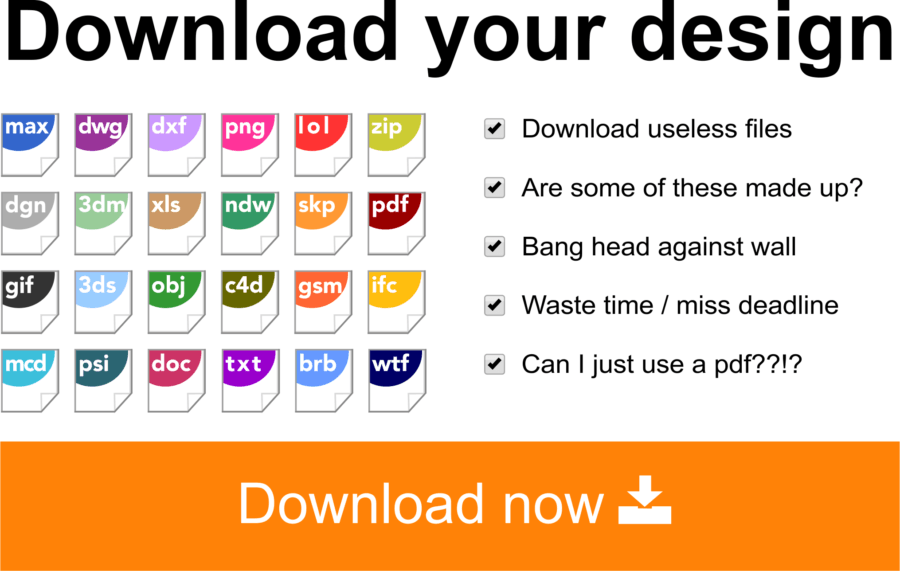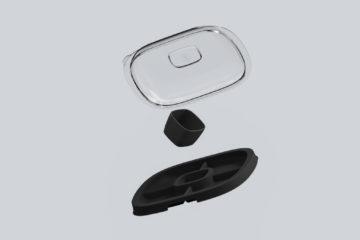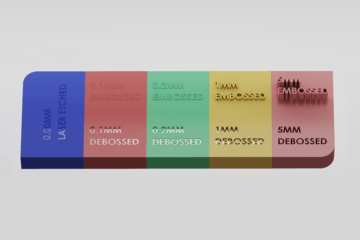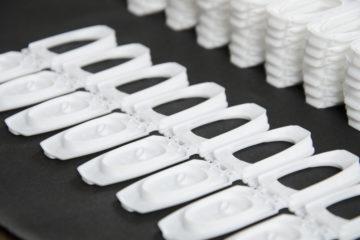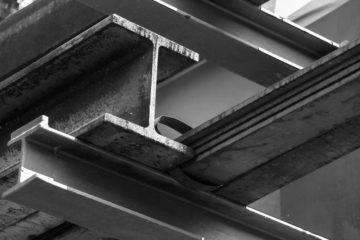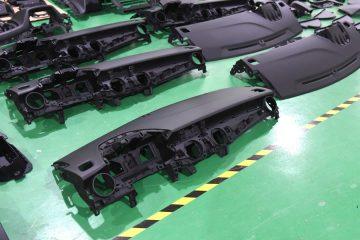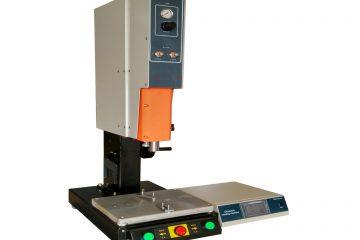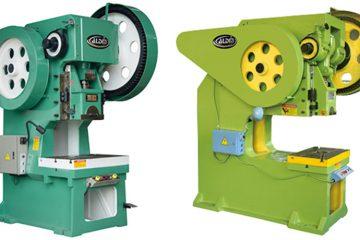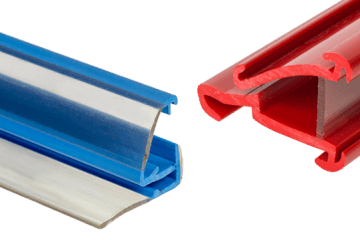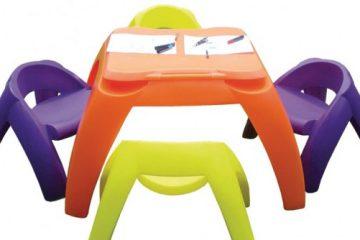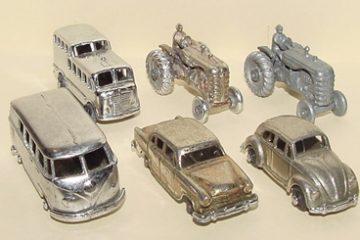“I’m sorry, but I can’t read that format”
Anyone trying to get something built has hit the problem. Your concept has left the drawing board and entered the computer realm. Modelling, drafting, rendering and many other “ing’s” have been paid for, and you’ve seen pictures that are beginning to look like just the thing you want to take to market.
But as soon as you move onto the next professional in the manufacturing chain, disaster strikes in the form of file incompatibility.
How did we get to the point where so many smart people can use so many expensive tools, and still waste so much time?
In the beginning…
In the early days CAD was limited. The capabilities of the programs available at the dawn of CAD would register as stone-age nowadays, and the total number of different programs available was small.
But simplicity cuts both ways. The lack of choices created a relative harmony of the marketplace. Programs themselves could talk to each other with out too much trouble, because they didn’t have much to say.
As computational power increased, so too did the potential of CAD for accuracy, complexity, and industry specificity. Design professionals, propelled by the joint urges to own the newest toys and to be in on the “next big thing”, jumped headlong into newer and ever more complex CAD systems.
And the field of possible CAD programs began to swell…
The CAD arms race
Riding the wave of the 1990’s explosion in personal computer power, the companies who made CAD programs began pushing out rapid upgrades, fashioning 3D modelling programs to meet diverse needs in newfangled ways and pushing them out to market – and binding the output of these programs to file formats that their competitors just couldn’t use.
Upstart companies saw gaps in the market, and launched in with new products. The incumbents fought back with differing versions of their own programs tailored to meet certain needs.
Eager to cut down on drafting time, design businesses came buying, and when they did, they unearthed even more ways that CAD could improve current processes or meet different needs.
Once Computer-Aided Machining (CAM) became a common and affordable, having your design in a CAD file the machine could read became a prerequisite that couldn’t be bypassed.
The waters muddied accordingly.
Format origins got lost to time; usage statistics, abandoned in the fog of war. The number of new programs, and little tweaks to existing ones, continued to climb, all addressing nagging necessities of the modern era in their own ways and each vying for their Highlander moment.
And at the centre of all this shotgunning, territory marking, and spurious boasting, caught in the crossfire like a child in a custody battle, is you.
How the CAD custody battle affects you
What this means is that nearly every designer you go to will be using a different CAD program – and whatever format that program produces is likely to have (sometimes irreconcilable) compatibility issues with other CAD programs.
This is all well and good if your designer is also your manufacturer –at Dienamics we offer the whole hog – but this is a fairly rare thing. It’s not uncommon to have specialised designers sort out the different parts of the design before you hand it on to a manufacturer to put it all together.
And if your designer gives you something your manufacturer a file they can’t use, either partly or completely, well, that manufacturer’s gonna have do some extra work to make it useful.
Guess who pays for that?
(It’s you.)
Knowing which CAD format you need comes down to this one question
“Will I own the design?”
By working in their specific programs and exporting to CAD formats only these programs can read, your designer is holding your business hostage.
They’re making it difficult or even impossible for the next link in your manufacturing chain to do what they need to get your stuff out the door.
They might not be doing it intentionally. But even if they aren’t, that’s your business. You own it, from start to finish – and design is where it starts.
So, ask: “will I own the design?”
Owning the design will mean having a CAD format that is fully transferable and contains all the info about your product. It means having your design in a format you can hand to anyone at any time without personally needing to reach out to the designer again.
Pretty often, it will mean reaching into the cloudy past of CAD and exporting in one of the common or “neutral” CAD formats. These formats trade information for consistency, so supporting documentation that lists things like materials and surface finished may be required.
So, a good supplementary question is:
“Can the person I’m handing this on to have your working files? If not, can they call you to go through file output options?”
A positive answer will tell you if you actually own the design you just paid for – and how willing the designer is to help you meet your needs.
The next question – which CAD formats will you own?
So what are these common CAD tongues? If your manufacturer says they operate in one program, how can you know that what your designer hands you will work in that program? Are there formats that will work across any program?
To get the answers to these questions and many more, stay tuned for next week’s instalment, 10 Common CAD File Formats: Who Makes Them, What They Do, & Which is Best for You.
In the meantime, don’t let anyone you know needing a design be held hostage by CAD formats – share this around using the links below or on the left and get them asking the one question to make sure their design is their design.
And if you’ve got some horror stories about CAD incompatibilities, reach out to us on Twitter or Facebook and let us know. (‘Tis the season for a scare, after all…)
Subscribe to Our Newsletter
Get the latest news from Dienamics into your inbox





